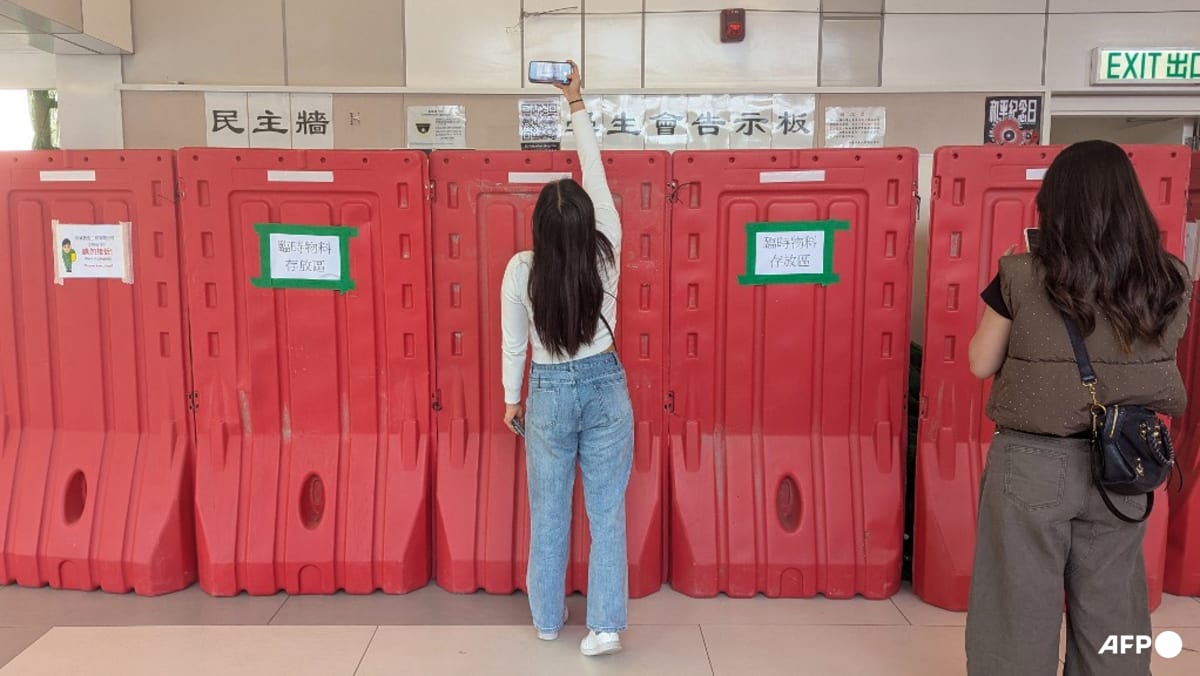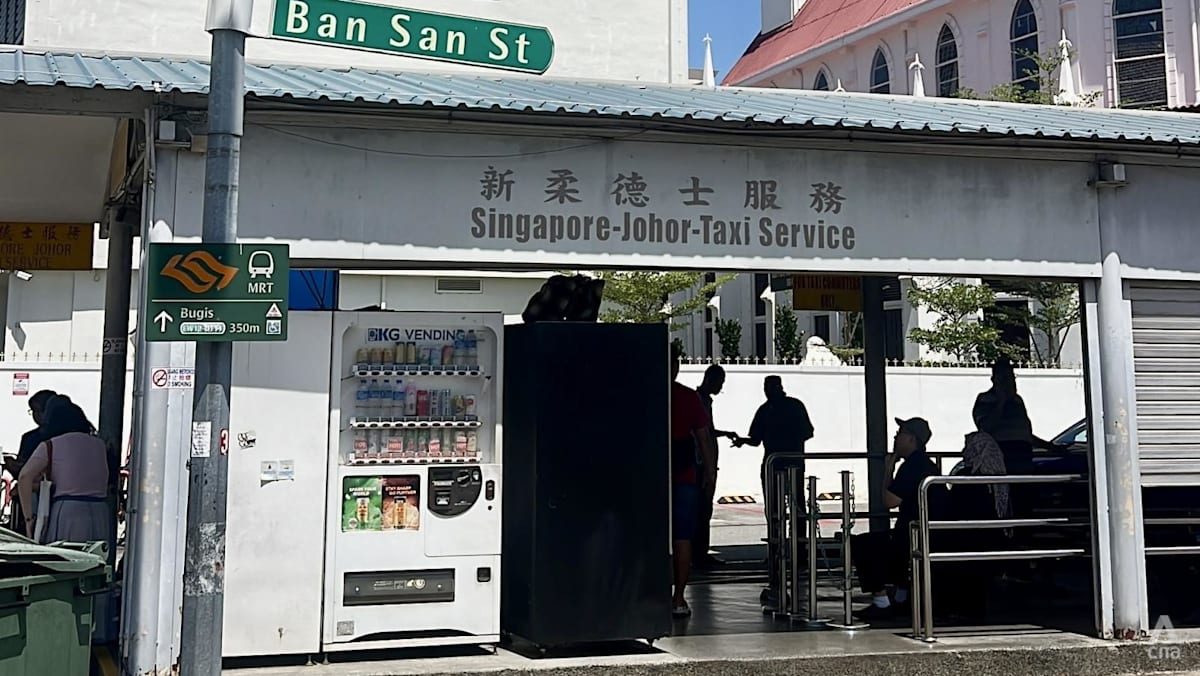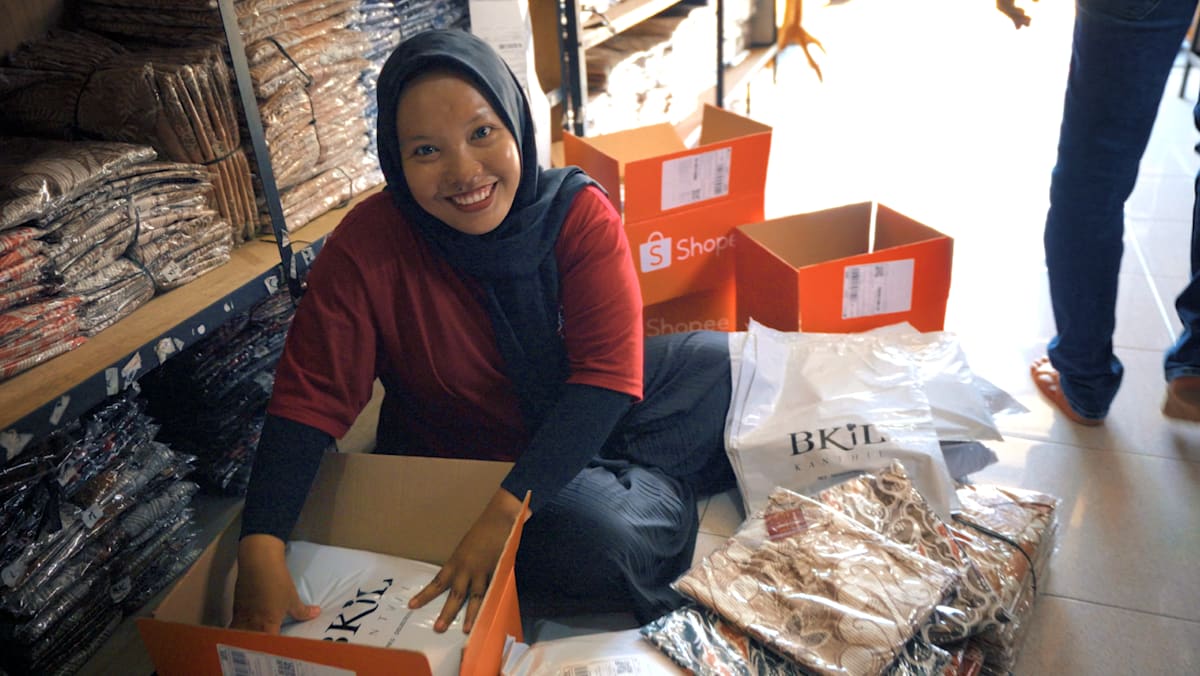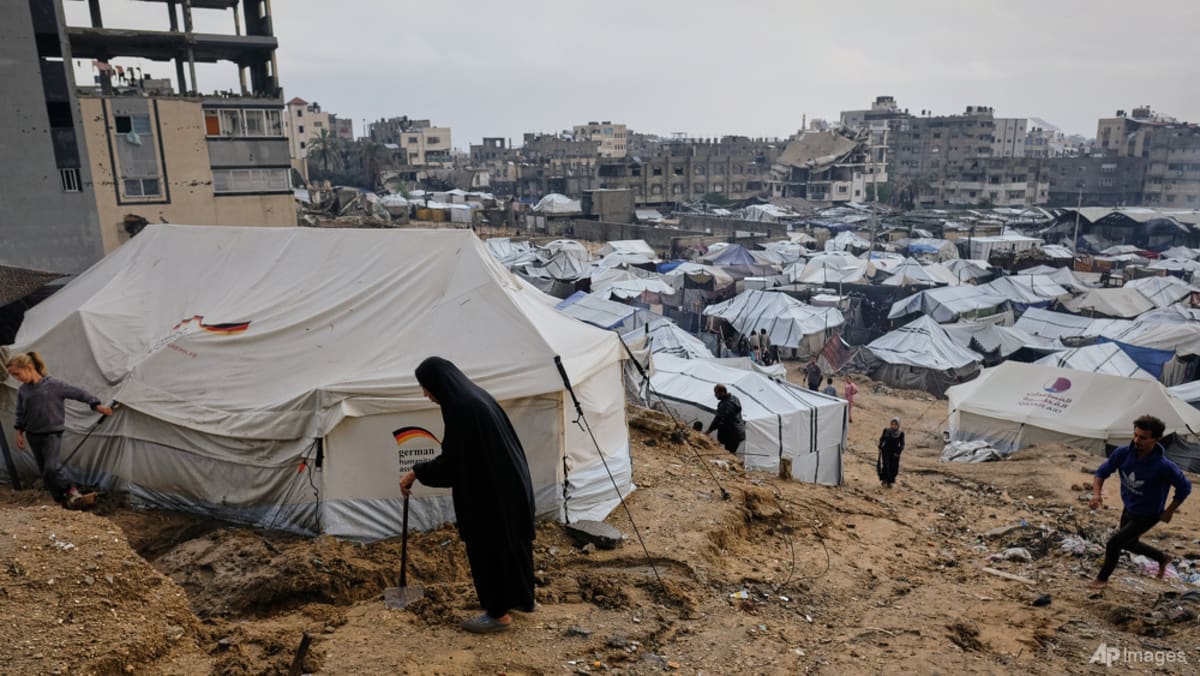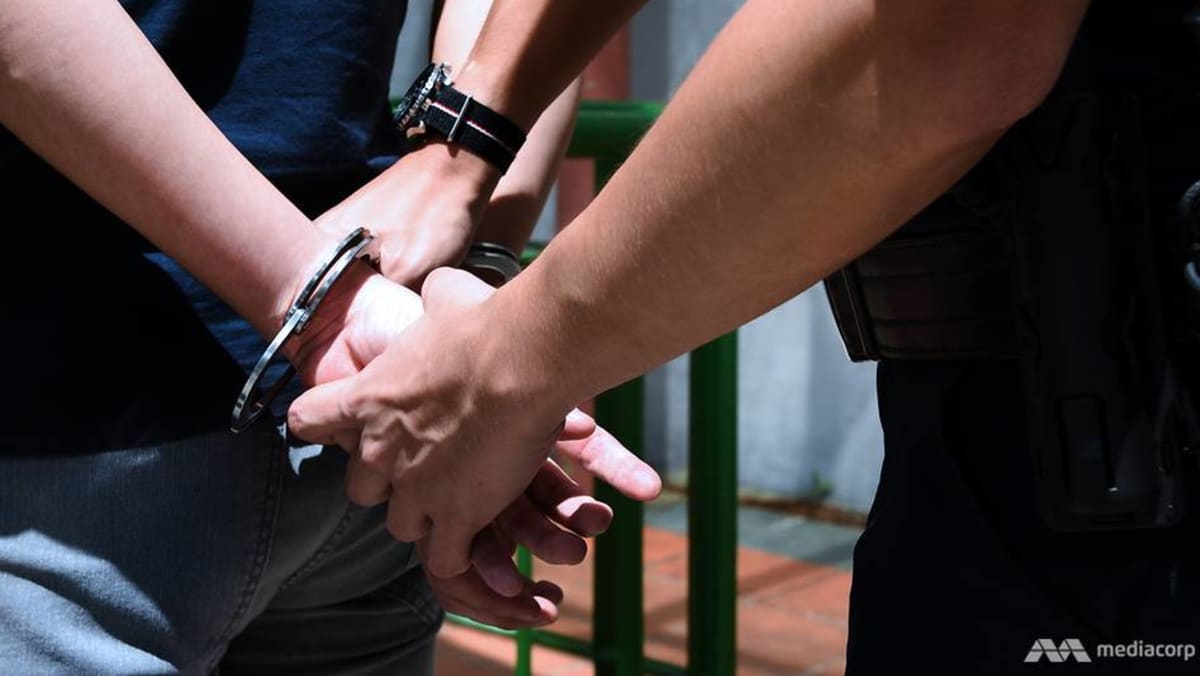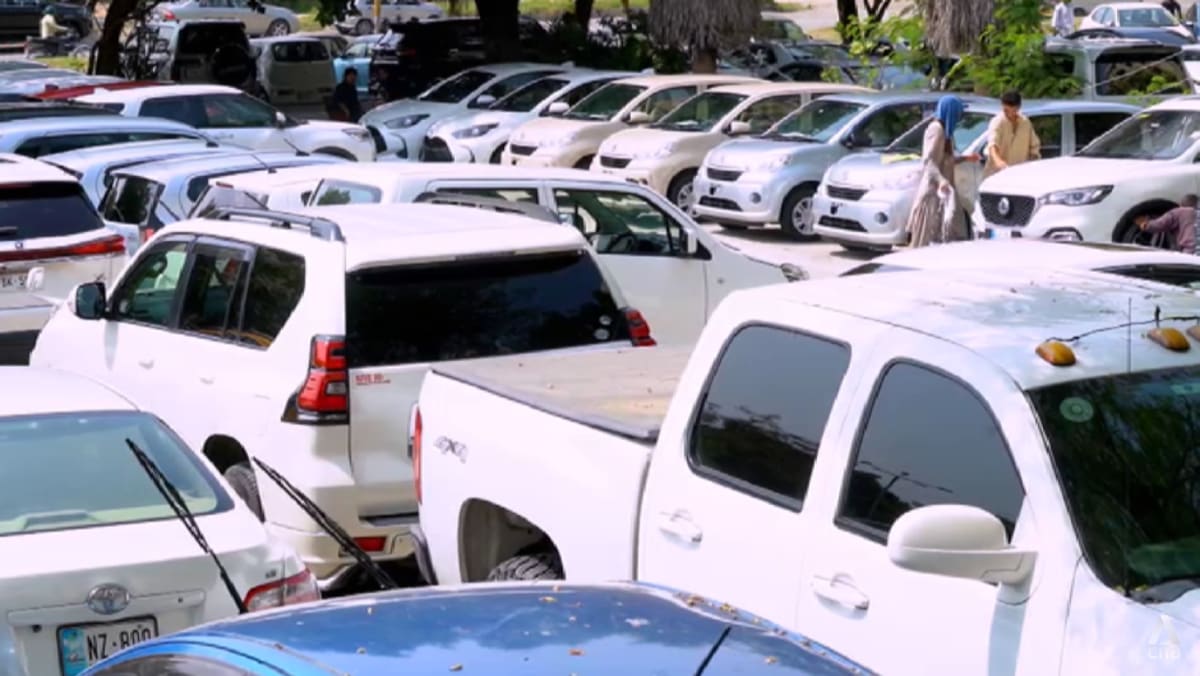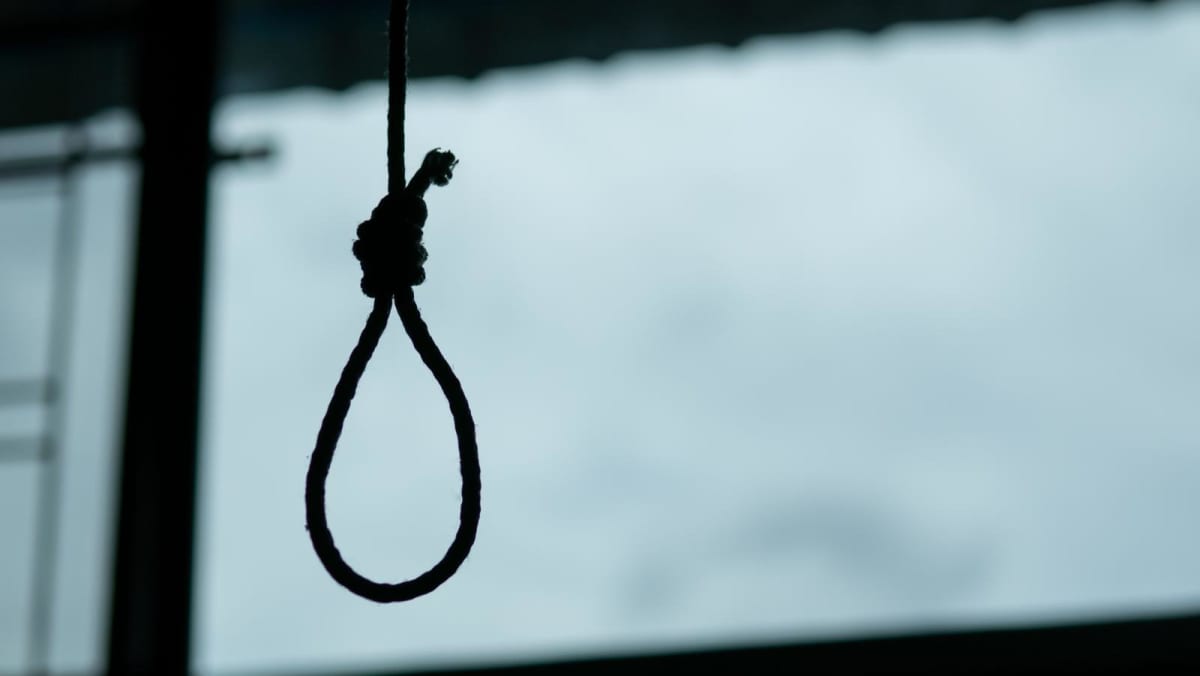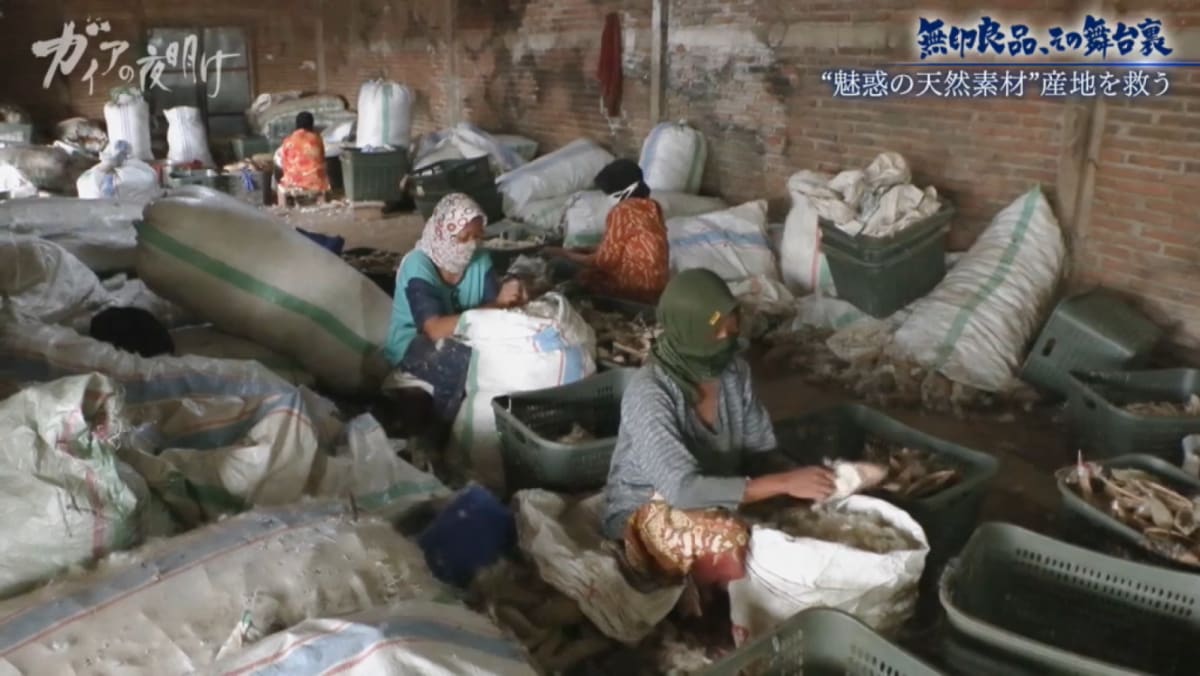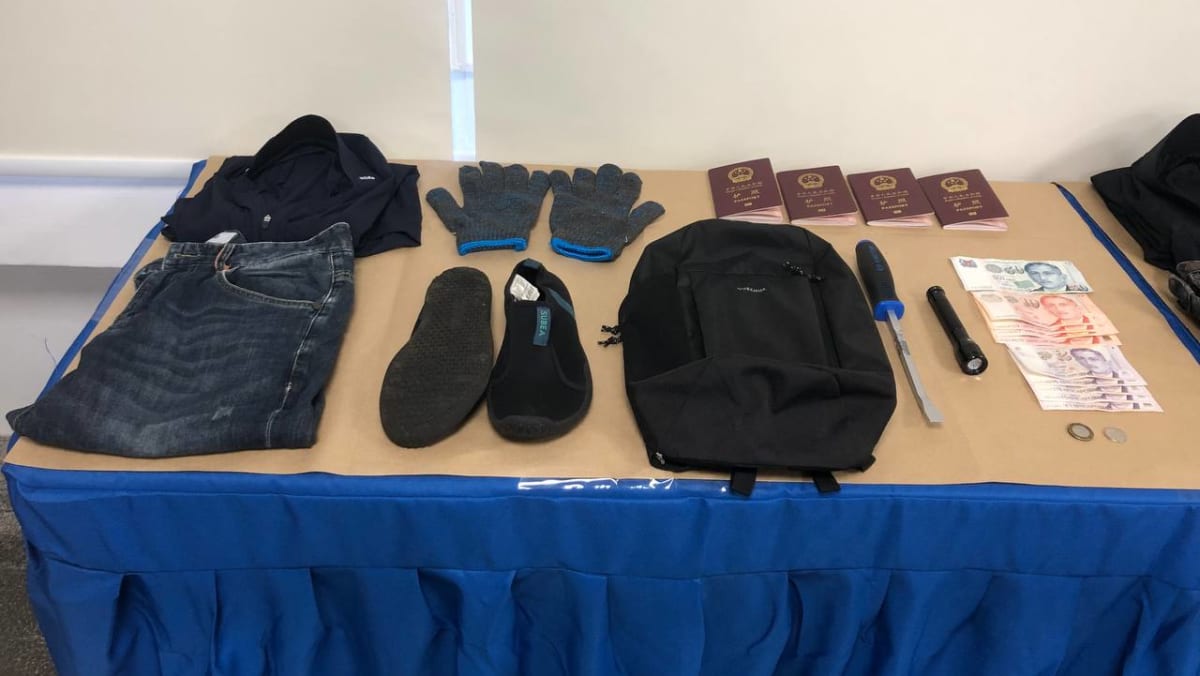SINGAPORE: A report looking into the death of four-year-old Megan Khung found multiple lapses and shortcomings among agencies that handled her case.
Several key lapses identified in the report included officers who did not follow protocols, the mischaracterisation of Megan’s injuries by social workers, as well as the failure of police officers and child protection specialists in following up on Megan’s case after the information was made known to them.
There was also a “lack of clear understanding and communication among the agencies” involved in Megan’s case, the report found.
In one finding, the report flagged an erroneous view among agencies that only a family member could have made a police report about Megan’s suspected abuse, when in fact any agency could have done so.
A separate statement by government agencies said that the officers involved in these lapses have been disciplined, or are undergoing a disciplinary inquiry.
Several recommendations were proposed in the report, such as the need to eliminate the perception that only family members can make police reports in such cases, more support for those involved in child protection work, and having child protection agencies handle all cases of suspected child abuse.
The government, as well as all agencies involved in Megan’s case, have accepted the report’s findings and recommendations.
Megan died in February 2020 after being abused by her mother Foo Li Ping and her mother’s boyfriend Brian Wong. The abuse, which went on for more than a year, included starvation, beatings and being forced to sleep outside.
In April this year, Foo was sentenced to 19 years’ jail for her role in Megan’s death, while Wong was sentenced to 30 years’ jail and 17 strokes of the cane for his role in Megan’s death and other drug crimes.
Who was on the review panel?
Following the conclusion of the court cases for Foo and Wong in April, the Ministry of Social and Family Development (MSF) said it would carry out a further review on Megan’s case.
The review would look at the responses of all agencies involved, including the preschool, social service agencies such as HEART@Fei Yue, the Early Childhood Development Agency (ECDA), Child Protective Service, the Singapore Police Force (SPF) and Beyond Social Services.
The review panel was chaired by Professor Kenneth Poon, the Singapore representative on the ASEAN Commission on the Promotion and Protection of the Rights of Women and Children.
Dr Corinne Ghoh, Associate Professor of Practice at the National University of Singapore’s Department of Social Work; Dr Vincent Ng, Dean and Associate Professor of Practice at the Singapore University of Social Sciences’ School of Social Work and Social Development; and Mdm Zuraidah Abdullah, chief executive officer of Yayasan MENDAKI, made up the rest of the panel.
The panel submitted its report to the Minister for Social and Family Development Masagos Zulkifli, and the Minister-in-charge of Social Services Integration Desmond Lee on Oct 16.
Collapse Expand
FINDINGS OF THE REVIEW PANEL
The panel found that while there were appropriate actions taken by the agencies involved in some instances, there were also “areas where agencies could have done better”. CNA has put together a timeline of how the case unfolded and what agencies did at the time.
1. Beyond Social Services’ incident report on Megan’s injuries could have been more prompt and detailed
As the principal of Megan's preschool, the Healthy Start Child Development Centre, was away on overseas leave, the incident report on Megan’s injuries was sent to ECDA 17 days after the teachers first observed Megan’s bruises.
In total, Megan had 16 injuries across her body, including those on her chest and back, which included a possible burn mark or wound.
“There could have been better internal coordination within (Beyond Social Services) and (the Healthy Start Child Development Centre) for the report to be sent by another staff on the preschool principal’s behalf, given that it concerned a child presenting with multiple injuries,” said the report.
The incident report that was eventually sent to ECDA described Megan’s injuries as “bruises on Megan’s face, arms, thighs, feet, buttocks”, and characterised the injuries as due to “physical punishment (that) was excessive”.
After examining the available information and BSS’s representations, the panel was of the view that the incident report to ECDA “could have been more detailed in describing Megan’s injuries”.
The incident report also did not mention Foo and Wong’s possible drug use.
 Megan's mother, Foo Li Ping, was sentenced to 19 years’ jail for her role in Megan’s death, while her boyfriend Brian Wong was sentenced to 30 years’ jail and 17 strokes of the cane for his role in Megan’s death and other drug crimes.
Megan's mother, Foo Li Ping, was sentenced to 19 years’ jail for her role in Megan’s death, while her boyfriend Brian Wong was sentenced to 30 years’ jail and 17 strokes of the cane for his role in Megan’s death and other drug crimes.
2. Child Protective Service officer did not follow established processes in registering call by Beyond Social Services on Megan’s case
Between Sep 20 and 25, 2019, Beyond Social Services made two calls to Child Protective Service about Megan’s case.
Child Protective Service is a division under MSF that investigates reports of child abuse and neglect.
Only the recording of one of the calls could be found.
From the transcript of the call, the panel was of the view that Child Protective Service could have gone beyond providing advice on the immediate steps Beyond Social Services could take to “probe further to understand the risk-level of the case”.
In particular, although Beyond Social Services provided limited information by summarising Megan’s injuries sustained in March 2019 as “a lot of bruises”, this past incident should have prompted CPS to ask questions to “seek greater detail on the extent of the bruises, to more accurately gauge the risk of Megan staying with her mother”.
Child Protective Service could have also been more sensitive to the information shared by Beyond Social Services on Foo and Wong’s involvement with drugs, and the concern expressed by the Beyond Social Services community worker.
Contrary to established processes in Child Protective Service at that time, the officer also did not register the call.
“As a result, the call was not discussed further with the supervisor on duty, as was the standard treatment for all calls to (Child Protective Service),” said the report.
3. HEART@Fei Yue tried to convene a meeting with Megan’s family, but were not successful and did not proceed further
Beyond Social Services called HEART@Fei Yue, a child protection specialist centre, on Sep 25, 2019, and followed up with an email, stating that Beyond Social Services “was looking for referral to triage”.
Triage is the process of determining what level of care is needed.
From the contents of the email, the panel was of the view that while HEART@Fei Yue tried to convene a meeting with the family, they should have treated Beyond Social Services’ call and follow-up email as a referral for HEART@Fei Yue to take the case, rather than a referral for triage.
This was in view of the following relevant information in Beyond Social Services’ email which showed that Megan was unsighted, had been exposed to excessive punishment in the past, was under a temporary care plan that ensured she was cared for by her grandmother which was not complied with, and that Foo was abusing drugs.
4. A Beyond Social Services community worker had the impression that a police report about a missing child should be made by a family member
Beyond Social Services sought advice from Child Protective Service, HEART@Fei Yue and ECDA in September and October 2019.
Of the three agencies, Child Protective Service and ECDA advised that the grandmother should lodge a police report. One of the police officers whom a Beyond Social Services community worker had informally checked with had also given general advice that a police report should be made, the report noted.
The Beyond Social Services community worker attempted to convince Megan’s grandmother to make a police report, but she was hesitant to do so as she did not want to be further estranged from Foo.
“However, the panel was of the view that by early Oct 2019, it should have been clear to Beyond Social Services that they could have gone ahead to lodge a police report themselves,” said the report.
The panel also noted that the law does not restrict who can make a police report, and that anyone who has information about a crime or suspicious activity can report it to the police.
It was only on Jan 17, over four months after Megan was last seen at the preschool, that the community worker accompanied Megan’s grandmother to make a police report.
5. SPF officers failed to follow established processes which prevented timely and appropriate action before Megan’s death
When the first police report was made on Jan 17, 2020, the investigation officer assessed the matter to be a case of child discipline with low safety concern.
The investigation officer had told the officer-in-charge of the duty team that she would follow up with contacting and tracing Foo. Hence, the officer-in-charge did not raise this report for discussion in the regular case review sessions with supervisors the following day.
The investigation officer attempted unsuccessfully to locate Foo and Megan for about two weeks and was subsequently deployed for COVID-19-related duties, and did not follow up on the case thereafter.
“The investigation officer and the officer-in-charge's failure to follow established processes prevented timely and appropriate action on the first report,” said the report.
RECOMMENDATIONS TO STRENGTHEN CHILD PROTECTION
To “further strengthen the child protection ecosystem”, the panel recommended seven recommendations aimed at plugging the gaps.
1. All cases of child abuse should primarily be handled by child protection case management agencies, which should be adequately resourced
Megan’s case underscored the complexity of child abuse cases and the dynamic situation faced by agencies in handling such cases, such as the complexity of human relationships within the family system and its interaction with the child protection ecosystem, the panel noted.
“This requires professionals with the right competencies and experience, who are sited in agencies equipped with the systems and processes, to manage such cases,” said the report.
It is thus challenging for community agencies that operate in the community and may work with children, but do not have official case management responsibilities to adequately manage cases with child protection concerns and the risk of harm.
The panel recommended that all cases of child abuse are to be managed primarily by the child protection case management agencies.
This means that all other parties should concentrate on detecting and reporting possible child abuse in a timely manner, for the case to be triaged and managed by child protection case management agencies, said the report.
This arrangement would make for a more reliable and robust system, for suspected cases to be surfaced early, and reported to child protection case management agencies as early as possible.
The panel noted that the existing child protection case management agencies are not resourced to take on this responsibility fully, and thus recommended that these agencies are adequately resourced.
Responding to queries from CNA, an MSF spokesperson said that the recommendation "does not remove the responsibility" that other agencies have in detecting and reporting abuse.
Other community agencies will continue to have a role to play, such as in detecting and reporting suspected child abuse cases.
"With timely reporting by these agencies, child protection case management agencies will be able to intervene swiftly, as these agencies have legal powers to obtain information, or enter into a voluntary care agreement with the parents," said MSF.
2. An appeals mechanism should be established to address cases where there are differing views on risk levels and case management.
The agency assessing a case must do so with a critical eye. Attention should also be paid to the experience level, as well as the training and professional development needs of those engaged in frontline triage work, said the report.
“In addition, factors such as drug use, which should raise the risk level of a case, should be taken into account even where such information is not confirmed."
Triage decisions should be recorded, reviewed and audited to ensure consistency in practice, and feedback from referring parties and triage agencies should be gathered, with regular engagements between them. The system must also be flexible to accommodate the dynamic changes in risk status of cases.
The panel noted there can be differing judgments over whether cases meet referral and escalation thresholds and there should be a way for these differences to be resolved “expediently and conclusively”, so that all cases receive appropriate attention due to them.
In situations where there are differing views on the risk levels and management of cases with the reporting agencies, there should be an objective mechanism to review the decisions, regardless of the parties involved.
3. MSF should review ECDA’s role in triaging potential intra-family child protection cases
ECDA’s code of practice states that when there is a case of suspected child abuse that happened outside the preschool, preschools must conduct an assessment using a screening guide.
The current workflow for preschools’ referrals of such child abuse cases specifies that:
- When the screening guide outcome is “red”, and there are noticeable injuries or signs of immediate threat to the child’s safety, preschools are to call National Anti-Violence and Sexual Harassment helpline within two hours.
- For other cases when the outcome is “red”, preschools are to consult their ECDA licensing officer within two hours.
- When the SSSG outcome is “yellow”, which indicates moderate-risk cases, preschools are to consult their ECDA licensing officer within 24 hours.
The panel noted that ECDA licensing officers are not trained child protection specialists and may not have the expertise to guide preschools on how to manage suspected abuse cases in the interim, the panel noted.
Having ECDA be the middleman for moderate-risk “yellow cases” and “red cases” with no noticeable injury or signs of immediate threat to the child’s safety, and where the injury reported may not have been sustained in a preschool in the first place, “could lead to delays in right-siting cases that require urgent intervention in the family setting”, said the report.
The panel therefore recommended that MSF review how the moderate-risk cases with no noticeable injury or signs of immediate threat to the child’s safety should best be managed to safeguard the welfare of the children.
4. Wrong perception that only family members can make a police report of a missing child should be eliminated
There seemed to be a misperception among professionals in the social and education sector, that only family members could make a police report of a missing child, the panel noted.
“There also appeared to be some fear of reporting to the authorities, as it could affect the rapport between professionals and the clients or affect the reputation of the reporting agency, especially if suspicions of child abuse turned out to be inaccurate,” said the report.
The law does not restrict who can make a police report, and anyone who has information about a crime or a suspicious activity can do so.
The panel recommended that MSF work with SPF to take steps to raise awareness and correct this misconception, and look into how to create a culture and environment where social service professionals feel safe and supported in reporting potential child abuse cases.
5. Lessons learnt from critical incidents should be routinely shared with community agencies
Where there has been a death of a child known to social services, MSF would typically engage the parties concerned, including community agencies, to review the handling and identify areas of improvement.
This has largely been a bilateral process between MSF and the agency involved and the review findings are not typically shared with the wider sector and ecosystem, the panel noted.
The rationale “could be to avoid pointing fingers publicly and exacerbating the pressures the social service professionals would already be facing in a time of tragedy”.
However, the panel was of the view that valuable lessons learnt from critical incidents should be shared “so that the child protection ecosystem will continue to grow and thrive professionally”.
The panel recommended that MSF provide a safe structure and space to promote learning amongst stakeholders in the ecosystem and sector, to allow collective learning among stakeholders.
6. Professionals who work with children should be sensitised to issues pertaining to child safety
All professionals working with children – including community agencies and preschools that are not child protection case management agencies – should be sensitised to and understand issues pertaining to child safety, said the panel.
Given their nature of work, they should be familiar with the reporting and escalation system, the panel said in the report.
MSF has also been extending its domestic violence awareness training to equip people across the people, public, and private sectors to spot and report signs of domestic violence and abuse, the panel added.
7. A stronger culture of support should be promoted for practitioners involved in child protection work.
The panel said that the practitioners involved in the case were negatively impacted as well, noting that the practitioners had questioned if they had done enough for Megan.
Child protection is a difficult area of work and practitioners are often under immense pressure when managing complex cases, said the report.
While efforts exist to support their well-being, “there is room to grow this and all levels of society should enhance the support given to practitioners engaged in child protection work”.
The panel further stated that successes in protecting children often go unrecognised, while shortcomings are publicly scrutinised.
“The spirit of striving to do better for children and having a supportive environment for practitioners to work well are important ingredients for a robust child protection ecosystem in Singapore,” said the report.

